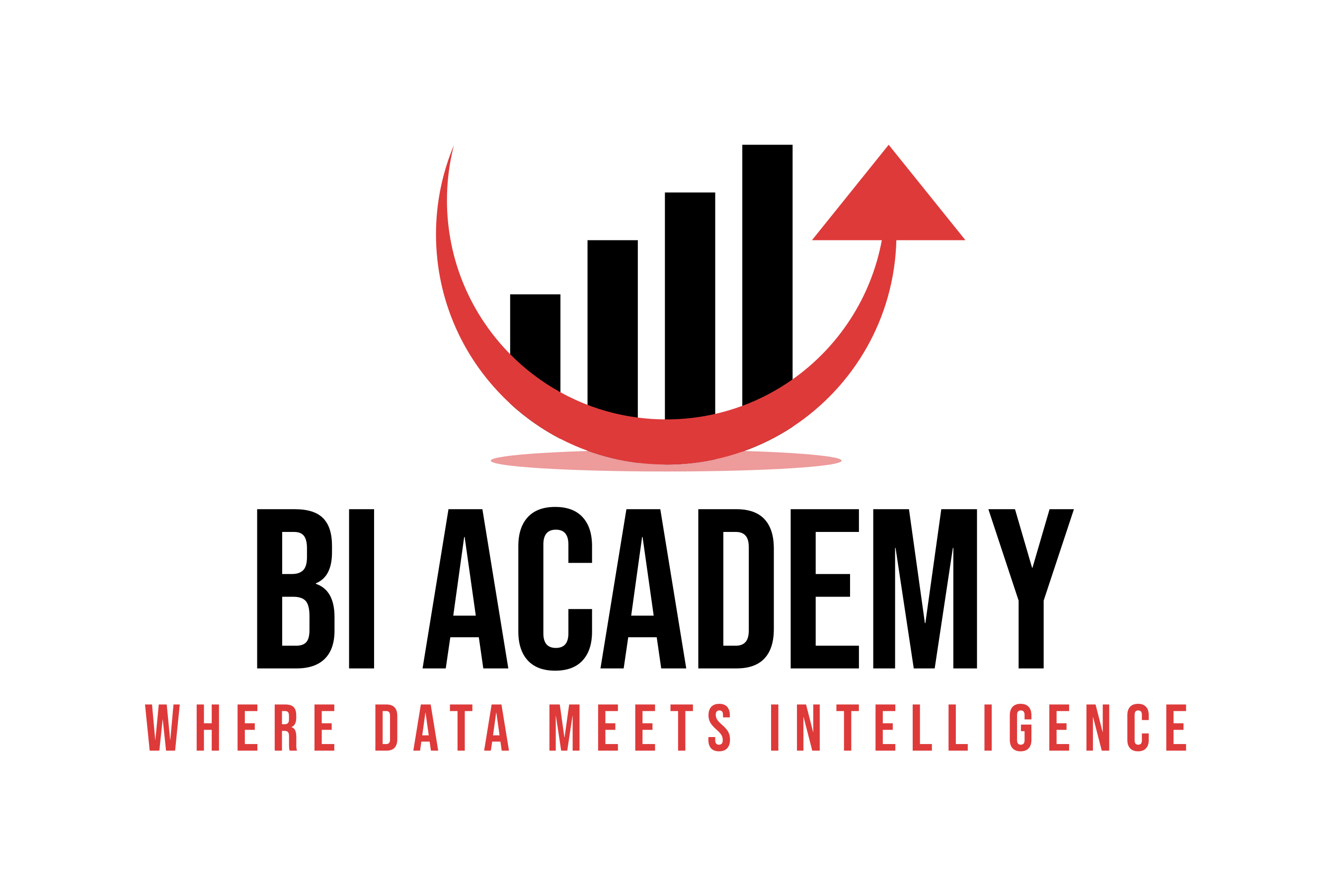In the world of Business Intelligence (BI), dashboards are powerful tools that help organizations make data-driven decisions. But did you know that not all dashboards serve the same purpose? Using the wrong type can lead to confusion, inefficiency, and poor decision-making.
There are three main types of BI dashboards—Strategic, Tactical, and Operational—each designed for different business needs. Let’s break them down so you can choose the right one for your organization!
1. Strategic Dashboards – The Big Picture
📊 Who uses them? Executives, senior management, and decision-makers.
🎯 Purpose: Provides high-level insights into overall business performance and long-term trends.
Strategic dashboards focus on key performance indicators (KPIs) that reflect the company’s long-term goals. These dashboards help leaders track revenue growth, market share, and profitability without getting lost in the details.
✅ Key Features:
- High-level metrics like revenue, customer retention, and growth trends.
- Simple, visually appealing charts for quick insights.
- Helps executives make data-backed strategic decisions.
📌 Example: A CEO might use a strategic dashboard to see how sales revenue is trending over the past year and whether the company is hitting its financial targets.
2. Tactical Dashboards – The Action Plan
📊 Who uses them? Department managers, analysts, and team leads.
🔄 Purpose: Helps teams monitor performance and adjust strategies as needed.
Tactical dashboards dive deeper into specific business areas, such as marketing, sales, or operations. They provide actionable insights that help managers optimize performance and make tactical adjustments.
✅ Key Features:
- Department-specific KPIs (e.g., sales targets, marketing ROI, production efficiency).
- Interactive elements for deeper analysis (filters, drill-downs).
- Helps managers fine-tune strategies and improve team performance.
📌 Example: A marketing manager might use a tactical dashboard to analyze campaign performance, track lead conversions, and adjust ad spending accordingly.
3. Operational Dashboards – The Real-Time Monitor
📊 Who uses them? Frontline employees, operations teams, and customer support.
⏳ Purpose: Provides real-time data for monitoring daily business operations.
Operational dashboards track real-time data and are often used in industries where immediate action is required. These dashboards are highly dynamic, updating frequently to provide the latest insights into ongoing processes.
✅ Key Features:
- Live data updates (e.g., inventory levels, website traffic, customer support tickets).
- Alerts and notifications for critical issues.
- Helps teams react quickly to changes or potential problems.
📌 Example: A logistics company might use an operational dashboard to track delivery status, warehouse inventory, and shipping delays in real time.
Which Dashboard Should You Use?
- Need high-level insights for strategic planning? Use a Strategic Dashboard.
- Want to optimize department performance? A Tactical Dashboard is best.
- Need real-time monitoring for daily operations? Choose an Operational Dashboard.
The best BI strategy often combines all three types to ensure data-driven decisions at every level of an organization.
Final Thoughts
Dashboards are essential for making sense of complex business data, but choosing the right one is key. Whether you’re an executive, manager, or frontline worker, using the right dashboard can improve efficiency, decision-making, and overall performance.
💬 Which type of dashboard do you use the most? Drop a comment below!
📊 Want to build better BI dashboards? Start Learning BI Dashboards

